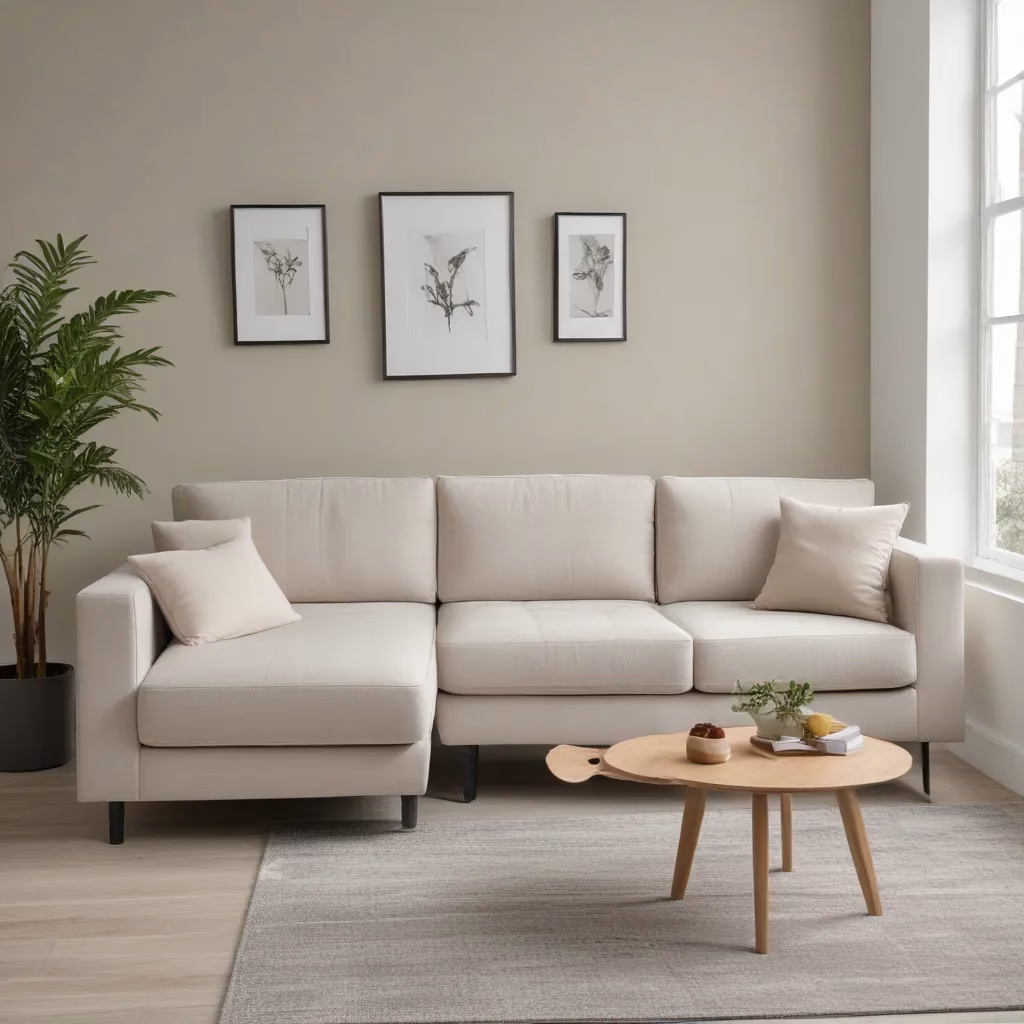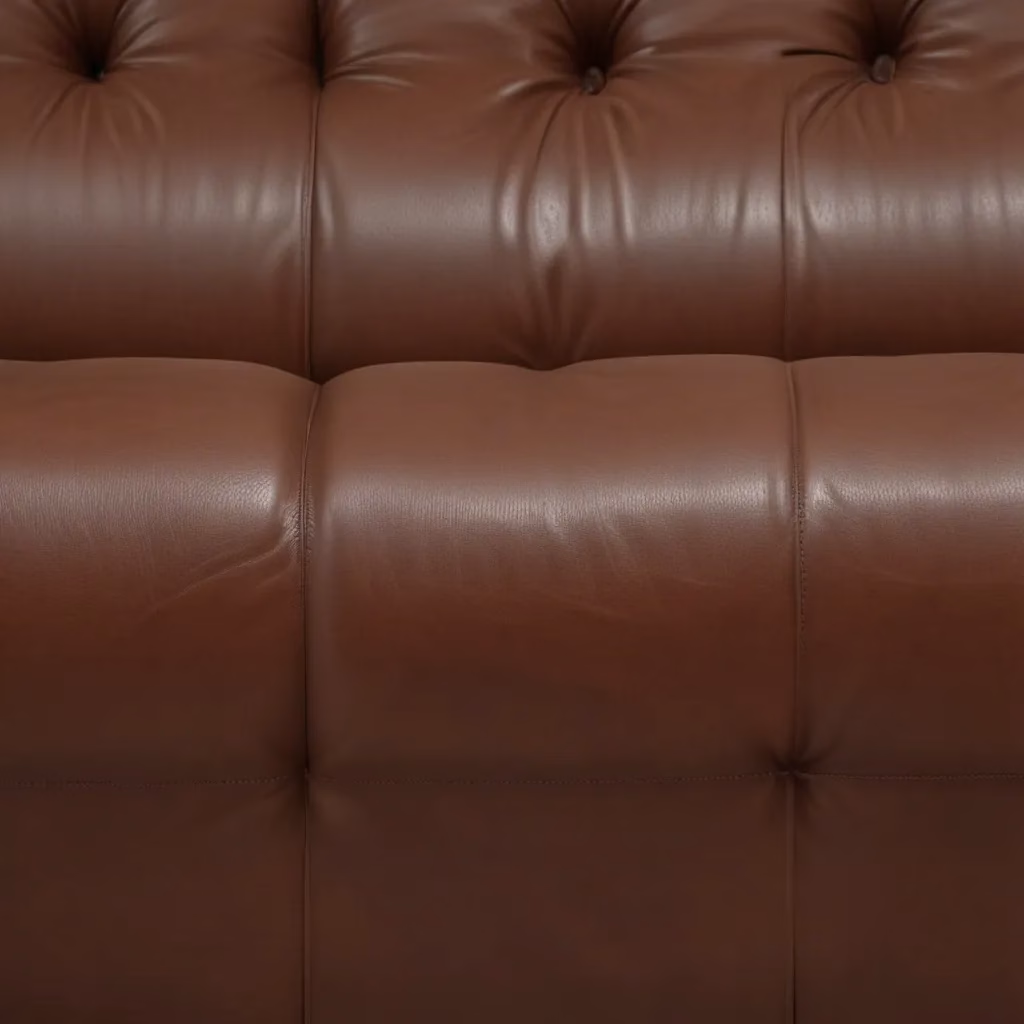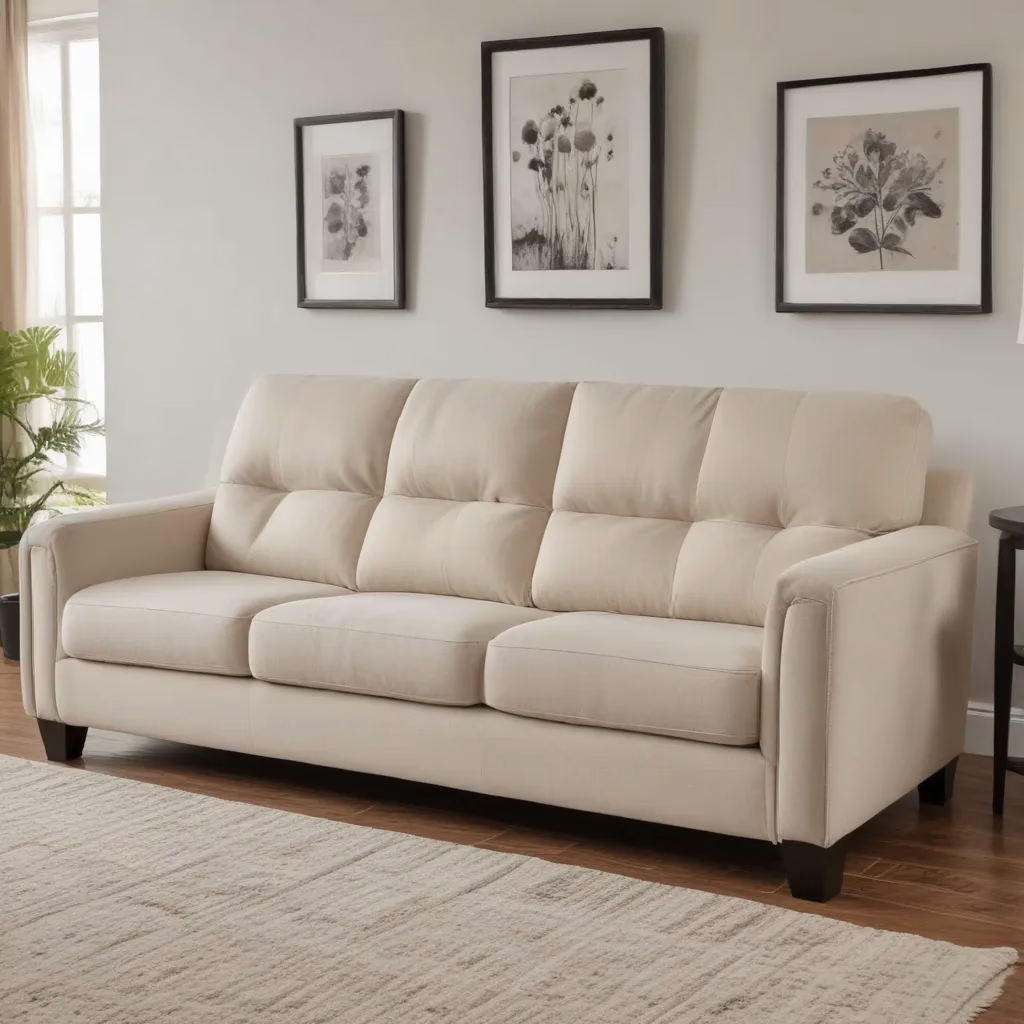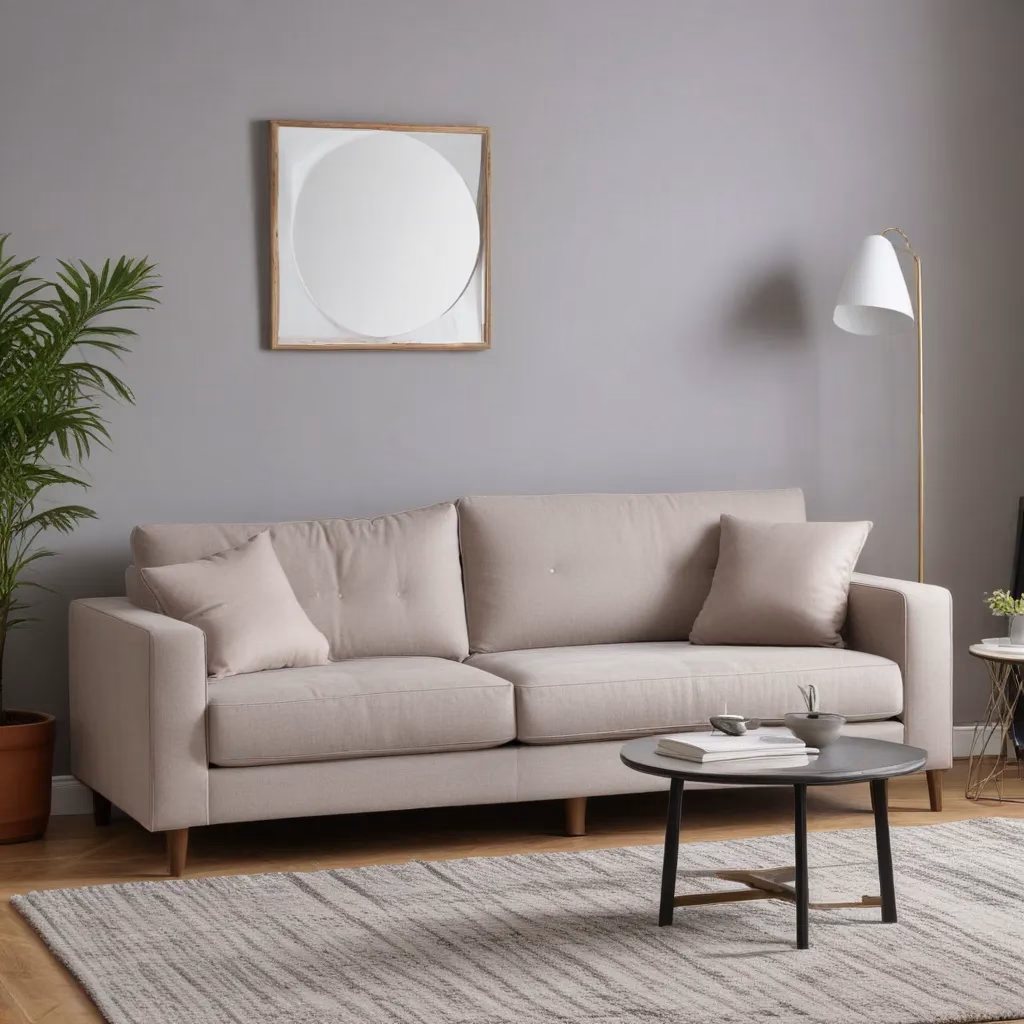
As an experienced furniture consultant and interior design writer, I’m excited to share my insights on how to choose the perfect sofa for your living space. Selecting the right sofa is a big decision — it’s not just about finding the right style, but ensuring maximum comfort and functionality too. In this comprehensive guide, we’ll explore the key factors to consider when evaluating sofa materials, design aesthetics, and practical customisation options.
Fabric and Upholstery Selection
The fabric and upholstery of your sofa are crucial in determining its overall look, feel, and longevity. Whether you’re drawn to the timeless elegance of leather, the plush softness of velvet, or the versatility of performance fabrics, each material has its own unique properties and maintenance requirements.
Upholstery Materials:
• Leather: Leather sofas exude a refined, sophisticated look and feel. They’re durable, easy to clean, and often become more characterful over time. However, leather can be more expensive and may require special care to prevent cracking or fading.
• Velvet: For a cosy, luxurious aesthetic, velvet upholstery is a popular choice. Velvet offers a rich, tactile experience, but it can be more delicate and prone to crushing or shedding.
• Performance Fabrics: Fabrics like polyester, microfiber, and stain-resistant blends are excellent for high-traffic areas or homes with pets and children. These durable, easy-to-clean options can help your sofa withstand daily use.
Fabric Durability and Maintenance:
When evaluating fabric options, consider the rub count — a measure of a fabric’s abrasion resistance. Look for a rub count of at least 20,000 for high-traffic areas. Additionally, pay attention to the fabric’s cleaning code, which indicates how the material should be maintained.
Washable, removable cushion covers can make cleaning and spot-treating spills much more straightforward. Even for non-removable fabrics, having a good stain-removal protocol and regular vacuuming or light brushing can help preserve your sofa’s appearance.
Customizable Fabric Options:
Many furniture brands now offer a wide range of customizable fabric choices, allowing you to tailor the look and feel of your sofa to your personal style. From bold, patterned fabrics to subtle, neutral tones, the options are endless. This level of customisation can be particularly useful if you have specific colour or texture preferences to complement your living room decor.
Living Room Layout Tips
The placement and orientation of your sofa within the living room can have a significant impact on the overall flow and functionality of the space. Here are some key considerations to keep in mind when arranging your furniture:
Space Planning for Sofas:
Measure your living room dimensions carefully to double-check that the sofa you select fits the space seamlessly. Leave ample room for walkways, coffee tables, and other pieces without overcrowding the area. Also, consider the scale and proportions of the sofa relative to the room size — a oversized or undersized sofa can throw off the entire layout.
Traffic Flow and Furniture Placement:
Arrange your sofa and other living room furniture to promote smooth, unobstructed foot traffic. Avoid blocking entryways or creating bottlenecks that disrupt the flow of movement. If possible, position the sofa to face the main focal point of the room, whether it’s a fireplace, entertainment system, or stunning view.
Balancing Style and Functionality:
While aesthetics are important, don’t forget to prioritize the practical needs of your living space. double-check that the sofa’s size, shape, and placement support the activities you plan to do in the room, whether that’s conversation, relaxation, or entertaining guests. A well-balanced layout will seamlessly blend style and function.
Sofa Cleaning & Maintenance
Proper care and maintenance are essential for preserving the longevity and appearance of your sofa. Regular cleaning, spot treatment, and proactive protection can go a long way in keeping your investment looking its best.
Upholstery Care Techniques:
For fabric sofas, start by vacuuming the surface regularly to remove dust and debris. Spot clean any spills or stains immediately, using a mild, water-based cleaning solution and a soft cloth. Avoid rubbing too vigorously, as this can damage the fabric.
Leather sofas require a different approach. Gently wipe down the surface with a damp cloth, then apply a leather conditioner to keep the material supple and prevent cracking. Avoid using harsh cleaners or submerging the sofa in water.
Spot Cleaning and Stain Removal:
When dealing with stubborn stains, it’s important to act quickly and use the appropriate cleaning methods for the fabric type. For water-based spills, blot the area with a clean, absorbent cloth. For oil-based stains, use a mild detergent or specially formulated upholstery cleaner.
Always test any cleaning solution in an inconspicuous area first to double-check that it doesn’t cause discoloration or damage. And be sure to follow the manufacturer’s instructions carefully.
Protecting Sofa Lifespan:
In addition to regular cleaning, you can take proactive steps to extend the life of your sofa. Consider using slipcovers or throws to protect the upholstery from sunlight, pet hair, and daily wear and tear. Regularly fluff and rotate the cushions to double-check that even distribution of use.
If you ever need to store your sofa, be sure to cover it or wrap it in a protective material to shield it from dust, moisture, and pests.
Styling for Comfort & Aesthetics
Striking the perfect balance between style and comfort is key when it comes to selecting the right sofa for your living room. By considering factors like size, cushion support, and coordinating décor elements, you can create a cosy, inviting space that reflects your personal taste.
Sofa Size and Proportions:
Choose a sofa size that fits comfortably within your living room, allowing for ample walkway space around it. Measure the area carefully and compare the dimensions to the sofa’s specifications. Keep in mind that deeper, more generous seat depths can provide a luxurious, lounge-like experience, while shallower seats may be better suited for upright conversation.
Cushion Comfort and Support:
The cushions are the heart of any sofa, so it’s important to prioritise both comfort and support. Look for high-density foam or spring-down cushions that will retain their shape and provide lasting comfort. Plush, sink-in cushions may feel cosy, but they can also make it challenging to get up from the sofa.
Coordinating Décor Elements:
Integrate your new sofa seamlessly into your living room by considering the surrounding décor. Choose a style, colour, and fabric that complement your existing furnishings, wall colours, and accessories. Incorporate accent pillows, throws, and other textiles to tie the look together.
Remember, your sofa is the centrepiece of your living space, so investing time and care into selecting the right one can truly transform the entire room. With the right combination of comfort, style, and customisation, your sofa will become a beloved, long-lasting addition to your home.
Furniture Buying Guide
Now that you’ve explored the key considerations for sofa selection, let’s dive deeper into the specifics of evaluating and personalising your perfect piece of furniture.
Evaluating Sofa Specifications
Delving into the construction details and quality of materials is crucial when assessing potential sofa purchases. Look for features that prioritise durability, comfort, and long-term performance.
Frame Construction and Durability:
The sofa’s frame is the foundation that supports the entire structure. Opt for hardwood frames, such as maple, oak, or pine, as they offer superior strength and stability compared to softer woods or engineered materials. Examine the joinery techniques, ensuring the frame is well-reinforced and can withstand heavy use.
Cushion Filling and Density:
The cushions are what make or break a sofa’s comfort level. Look for high-density foam or spring-down fill that will maintain its shape and support over time. Avoid low-density foams, which can quickly lose their ability to provide a plush, supportive seating experience.
Warranty and After-Sales Support:
A comprehensive warranty is a testament to a manufacturer’s confidence in their product. Seek out sofas that offer robust guarantees covering the frame, suspension system, and cushions. Additionally, consider the brand’s reputation for customer service and their ability to assist with any issues that may arise down the line.
Choosing the Right Sofa Size
Measuring your living space and understanding scale and proportion are essential when selecting the perfect sofa size.
Measuring Your Living Space:
Carefully measure the dimensions of your living room, taking into account doorways, walkways, and the placement of other furnishings. Make note of the available floor space and ceiling height to double-check that the sofa you choose will fit harmoniously within the room.
Balancing Scale and Functionality:
Choose a sofa size that strikes the right balance between visual appeal and practical functionality. An oversized sofa can overwhelm a small room, while an undersized option may feel out of place. Consider the number of people you need to accommodate, as well as how you plan to use the space.
Accommodating Family Needs:
If you have a growing family or frequently host guests, opt for a larger sofa or even a sectional layout that can provide ample seating and flexibility. Modular designs allow you to customise the configuration to suit your evolving needs.
Personalising Your Sofa
Many furniture brands now offer a wealth of customizable options, empowering you to create a truly bespoke piece that aligns with your unique style and preferences.
Custom Measurements and Dimensions:
Some manufacturers will work with you to create a custom-sized sofa that fits your space perfectly. This can be especially useful if you have an oddly shaped room or need to accommodate specific size constraints.
Selecting Leg Styles and Finishes:
The legs of your sofa can have a significant impact on the overall aesthetic. Explore a range of options, from sleek metal to classic wood, and choose a finish that complements your décor.
Incorporating Unique Design Features:
Elevate your sofa’s look and feel with thoughtful design details, such as tufted upholstery, nailhead trim, or unique arm styles. These personalized touches can transform a standard sofa into a true statement piece.
By considering the intricacies of sofa construction, sizing, and customization, you’ll be well on your way to finding the perfect piece to anchor your living room and provide years of comfort and enjoyment. Happy shopping!
Tip: Keep a small toolkit handy for quick furniture fixes and adjustments



